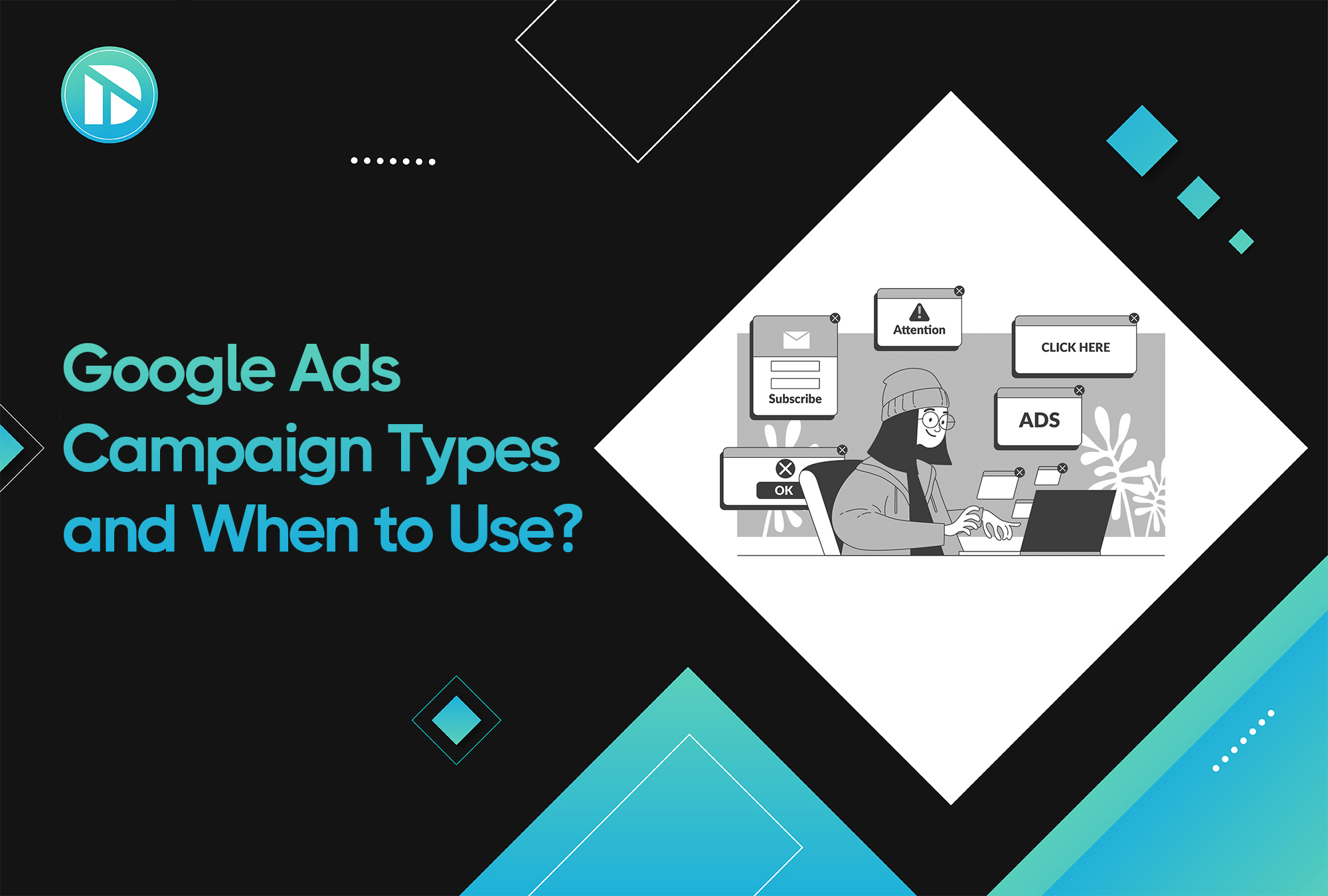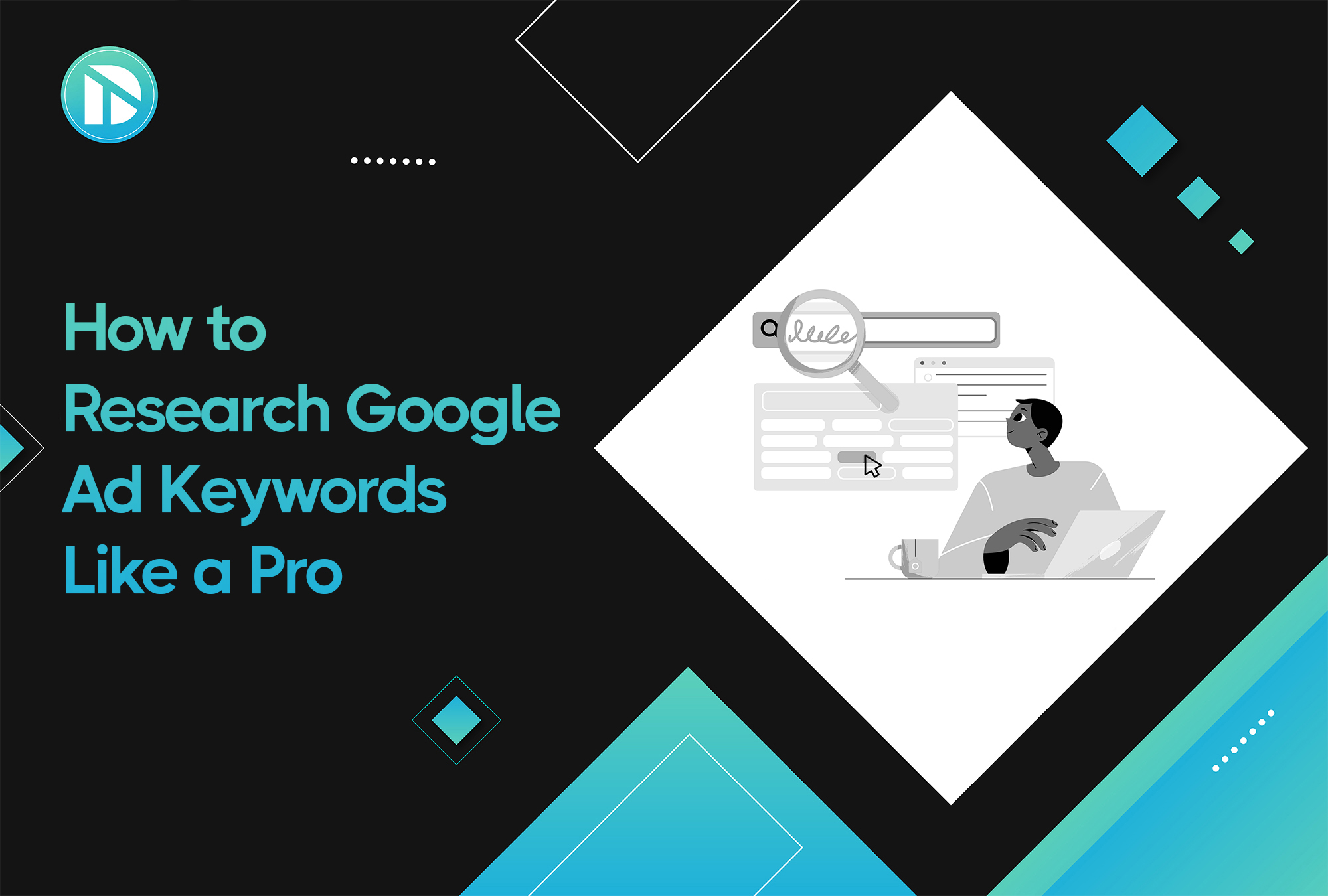Media buying is a crucial aspect of any successful advertising campaign. It involves strategically purchasing ad space on various media channels like TV, radio, print, and digital platforms.
However, the media buying concept may seem overwhelming or confusing if you're new to advertising.
Don't worry; in this blog post, we'll break down media buying into its essential components: What is Media Buying and how exactly does it work?
Whether you're a small business owner, a marketing professional, or someone who wants to understand media buying basics, this one’s for you.
What is Media Buying?
Media buying is the practice of getting advertising space and time on online and offline channels like websites, YouTube, radio, and TV.
A media buyer manages budgets, negotiates with publishers for ad inventory, and optimizes advertising for better campaign results. The aim is to locate and acquire advertising space on appropriate platforms for the target audience at the most profitable time and for the least amount of money.
When done effectively, media buyers get the most exposure among their target audience for the least amount of money spent.
Media buyers can also utilize marketing performance tools to monitor key performance metrics and delivery to ensure the advertisement is placed by the agreement and accomplishes the campaign's objectives.
Media Buying vs. Media Planning: What’s the Difference?
Media buying and media planning are like two parts of a puzzle; they’re two different components meant to work together.
Media Planning
Before purchasing and launching advertisements, advertisers engage in media planning, a research-based strategic process, to evaluate the efficiency and maximize return on investment (ROI).
Media planners collaborate with their customers to identify the target audience for their product or service, the channels and hours on which that audience is active, and the messaging that the audience is most likely to respond to.
The planning team will decide which channel and at what price to buy advertising space using this information.
Media Buying
Media buyers connect with their colleagues on the chosen media sites once the media plan has been created. Often, these are sales or account executives whose job is locating relevant advertising places. These two parties bargain on costs, timing, and location.
Media buyers use the following strategies to carry out media plans:
Direct buy: Media buyers establish connections with publishers to bargain for ad inventory, like negotiating with a newspaper to publish an ad in a forthcoming issue.
Programmatic buy: Programmatic advertising automates workflow processes and applies machine learning algorithms to target viewers with the most relevant ads based on various factors, such as demographics, purchasing trends, and more.
How Does Media Buying Work?
The ability to target important audience segments makes programmatic advertising highly alluring to advertisers. Advertisers can buy programmatic display ads directly or through an auction with programmatic buying.
Real-time bidding (RTB) is a programming method for ad purchases. Advertisers who use RTB can participate in an auction whenever an impression becomes available. Their advertisement immediately appears on the publisher's website if their bid wins the auction. Besides being efficient, RTB enables advertisers to concentrate on the most pertinent inventory.
The five primary players who control the majority of RTB are the advertiser, the demand side platform (DSP), the ad exchange, the supply side platform (SSP), and the publisher.
Demand Side Platform (DSP)
The demand-side platform is created and utilized to assist marketers in organizing the ads that they want to display on publishers' websites and to enable you to target particular audience segments with your advertising. This guarantees that your adverts are seen by those you want to reach.
Additionally, DSPs are utilized to operate within ad exchanges to buy placements for their commercials quickly and efficiently. Also, the platforms frequently provide additional advantages like analysis tools and the ability to identify bogus websites that use bots to drive traffic and waste advertising revenue on an unresponsive audience.
Ads Exchange
The market for buying and selling advertisements and ad placements is the ad exchange. Advertisers place real-time bids to purchase the ad space publishers sell (sometimes called their inventory).
Supply Side Platform (SSP)
The publisher's equivalent of the advertiser's DSP is the supply-side platform. Thanks to SSPs, publishers can sell their inventory to interested purchasers on the ad exchange.
Publishers use SSPs to sell ad placements on their websites to advertisers.
There are other additional pricing plans where advertisers only pay for measurable outcomes. The effectiveness of advertisers' campaigns increases while the risk is reduced thanks to these pricing structures. Some of them include:
- Cost per Click (CPC): In this model, marketers are charged each time a user clicks on their advertisement. Many firms view CPC as a cost-effective lead generation and conversion tactic. This is the reason why the majority of advertising platforms on the market use this pricing model.
- Cost per Thousand (CPT): This model charges marketers for every thousand times their ads are viewed. The goal of advertisers who use this pricing structure is frequently to build brand awareness in the marketplace.
- Dynamic Cost Per Thousand (dCPM): Operates similarly to the conventional CPM model. The main distinction is that dCPM varies based on each ad spot and the competition rather than being restricted by the exact bid amount. Without having to calculate each place manually, marketers can pay precisely what each impression or view is worth and maximize the effectiveness of their campaigns.
- Cost per Lead (CPL): In the cost-per-lead (CPL) advertising approach, businesses are charged for each qualified lead or contact. In this business model, advertisers pay for data on potential clients or for each lead produced. This can be estimated by dividing the budget for an advertisement by the number of leads it produces.
- Cost Per Acquisition (CPA): Marketers are charged each time a customer makes an acquisition (a purchase or an order). For companies that concentrate on generating revenue, this model works well.
Tips for Effective Media Buying
Here are essential tips to guide you in navigating the complexities of media buying, ensuring smarter investments and stronger campaign performance:
1. Establish a Goal
Knowing your fundamental objective is the most crucial component of any marketing effort. What do you hope to accomplish by day's end? The following are some goals that many marketers have when buying media for digital advertising:
- Create market-wide brand awareness
- Produce more qualifying leads
- Increase conversions
- Boost sales revenue
- Establish brand loyalty
2. Set a Budget
As the name implies, digital media buying involves paying advertisers, which is why a budget plan would be essential. You may need to specify a daily budget if you intend to run your campaign for a more extended time.
3. Figure Out Your Target Audience
The type of consumers you hope to attract will significantly impact the advertising content you choose and the area where it will be placed.
You may improve your digital media buying approach by learning more about your target audience, their behaviors, and the digital locations they visit. The best way to do that is through conducting surveys or engaging with your customers directly through social media.
Knowing the many forms of targeted digital advertising you can utilize to expand your audience can also be beneficial.
4. Track Your Performance Metrics
You must monitor the results of your advertising effort to ascertain whether it is effective. Additionally, it will enable you to improve your campaign's performance.
Google Analytics provides tools to measure your advertising ROI and track website traffic, making your job much easier.
Conclusion
Media buying can seem complex, from identifying your target audience to negotiating ad rates and measuring your campaign's effectiveness. However, with the proper knowledge and tools, media buying can be a highly effective way to promote your business or product.
Remember, media buying is not a one-size-fits-all solution. The best approach will depend on your unique goals and audience. It's essential to research, work with trusted media partners, and continually test your campaign's performance to ensure you're getting the most bang for your buck.
.png)









